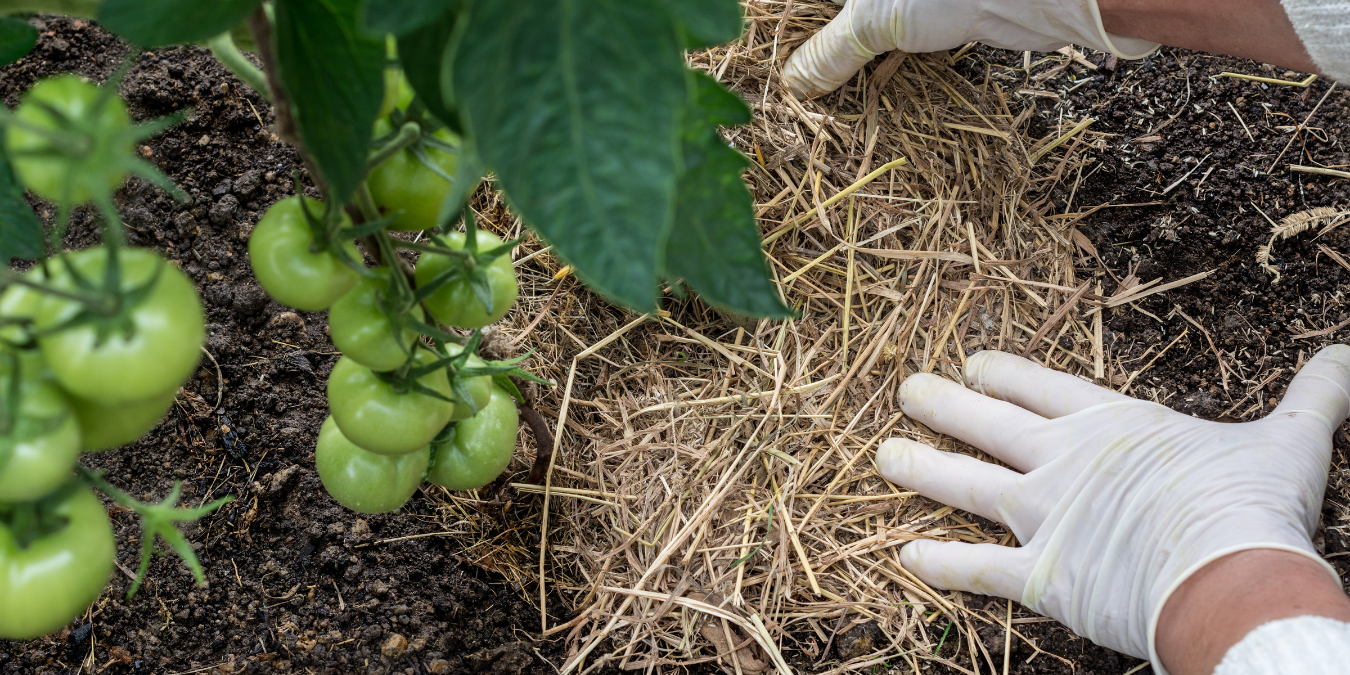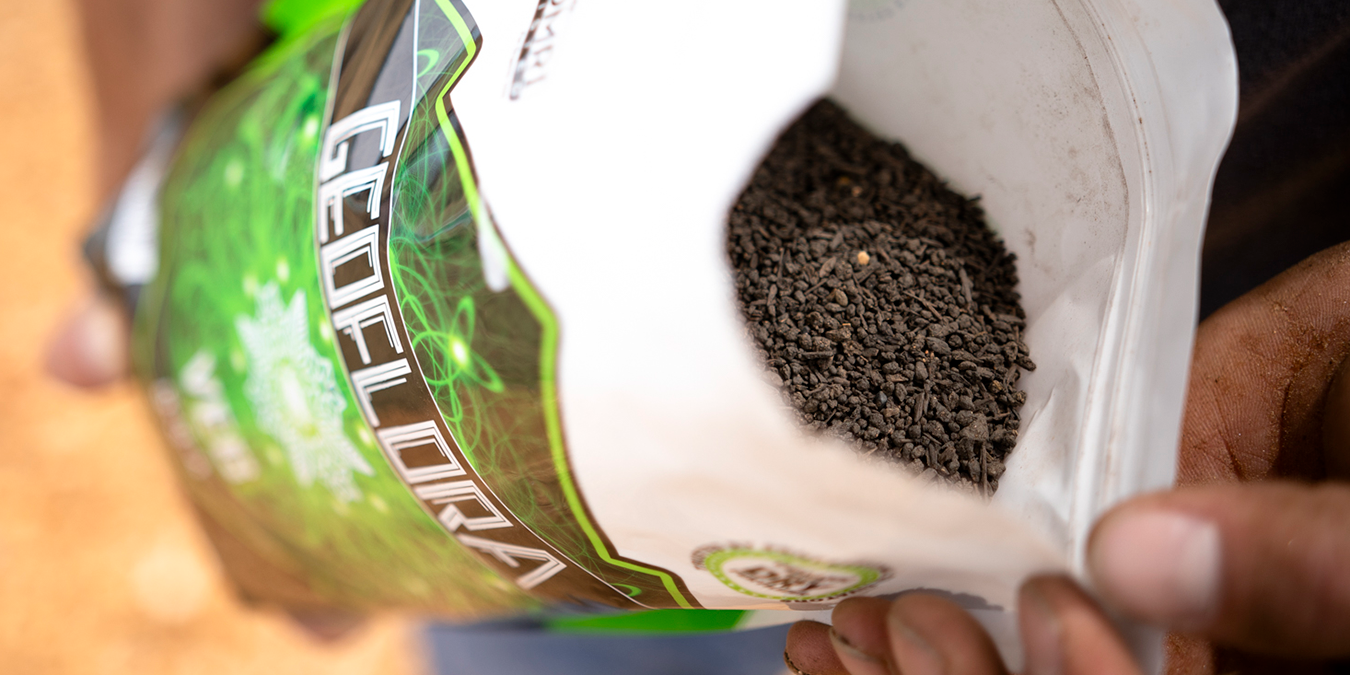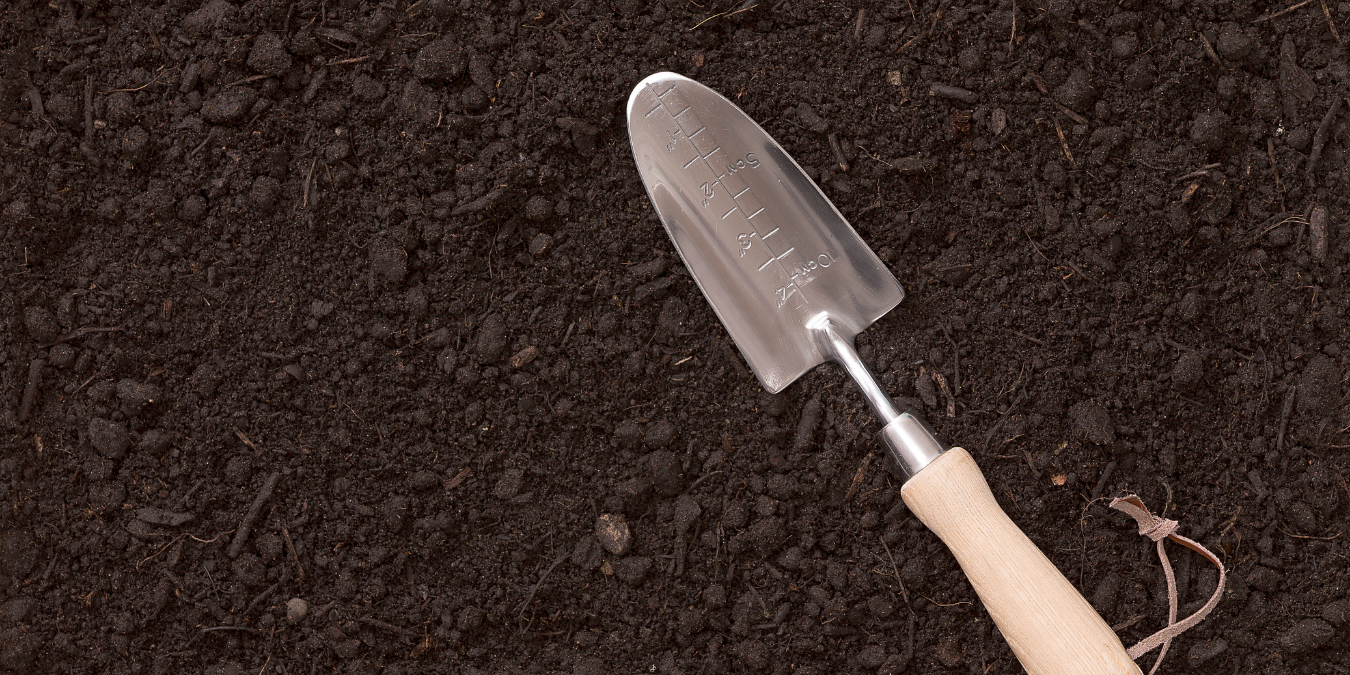Winter is Soil Season here at Geoflora, and that means it’s time to replenish garden beds! For many growers, soil amending involves tilling nutrients or fertilizer into their soil and allowing it to work into the growing media over the winter. However, no-till farming--gardening without digging or turning the soil--has become increasingly popular with organic gardeners, and this type of cultivation has different requirements for amending soil than traditional gardening.
How to Amend No-Till Gardens
Since no-till garden soil is left undisturbed, cultivators must take care when amending to keep from disrupting established soil biology and root systems. There are a few methods no-till cultivators use to keep their soil in tip-top shape.
Mulching
Mulching is an integral part of no-till gardening. Cultivators add mulch in layers over time to work more nutrients into the soil, insulate the roots from extreme temperatures, and reduce weed and pest infections.
While decorative bark and synthetic mulches are available at your local home and garden store, natural and DIY mulches are the bread and butter of no-till gardeners. Rather than investing in commercially produced barks loaded with color or rubber shreds to keep weeds off, no-till cultivators focus on natural mulching material that adds nutrients to their soil, such as straw, hay, leaves, yard clippings, and compost.

We recommend mulching frequently with a variety of materials. As the mulch decomposes, nutrients will become readily available in your soil and keep your garden plot fertilized naturally. Take care when amending with leaves as a layer that is too thick can create mats that restrict water access and harbor harmful garden pests. It’s best to alternate layers of leaves with grass clippings or straw.
Cover Crops
Cover crops are another method that no-till gardeners use to refresh their soil. If you plan to have your garden bed rest through the winter months, planting a cover crop such as clover, rye, or oats can be a great way to work more nutrients into the soil and keep weeds from taking hold while your bed is in its offseason.

After the crop has been planted and allowed to grow over the winter, the plot will need preparation before it is ready for new seedlings. Cover the garden with a plastic tarp to kill off the cover crop a few weeks before you want to plant your new seedlings. This gives the cover crop time to begin decomposing into the top layer of soil so that when you plant your starts and seeds, they have nutrient-rich growing media waiting for them.
Top Dress
If there’s no time to plant a cover crop, another fantastic way to work fertilizer into a no-till garden is to top-dress.
Top-dressing means adding nutrients to the top of the soil to be worked in with regular watering. Homemade compost is an excellent addition to any no-till garden, as well as top-dress fertilizers such as Geoflora Nutrients. Many no-till cultivators focus on growing their plants as naturally and organically as possible. Geofora VEG and BLOOM support both organic gardening and no-till cultivation with sustainably sourced organic ingredients and a simple granular top-dress formula.
Make No-Till Amending Easy
Since no-till gardening avoids mixing nutrients deep into the soil, it is necessary to practice alternate methods of fertilizing and conditioning your garden. These three integral soil amendment methods are staples in any no-till garden, and we hope these tips come in handy for your grow!





